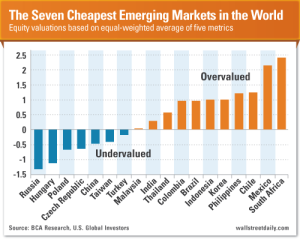There is no evidence that the Federal Reserve’s massive bond-buying effort has led U.S. stock prices higher, according to a report released on Wednesday by the economics research arm of McKinsey & Company. Instead, study co-authors Richard Dobbs and Susan Lund found that the biggest impact of quantitative easing by the world’s major central banks has been the cost-savings delivered to governments. Since 2007, bond-buying programs in the United States, the UK and the euro zone have reduced costs for governments by a total of $1.6 trillion. The finding will come as a surprise to many investors who attribute the rise in stock prices in the United States and elsewhere since the 2007-2009 financial crisis at least in part to easy central bank policies. All told, major central banks have added $4.7 trillion to their balance sheets over the past five years in an effort to push down long-term borrowing costs while keeping short-term interest rates low. The findings are sure to resonate among central bankers as they debate when and how fast they may be able to scale down the monetary stimulus they have used to keep deflation at bay and try and pull ravaged economies from the depths of recession.
While the entire study is over 70 pages long, the rather counter-intuitive findings regarding QE and stock prices can be found on pages 32-36 of the PDF:
The impact of ultra-low rate monetary policies on financial asset prices is ambiguous. Bond prices rise as interest rates decline, and, between 2007 and 2012, the value of sovereign and corporate bonds in the United States, the United Kingdom, and the Eurozone increased by $16 trillion. But we found little conclusive evidence that ultra-low interest rates have boosted equity markets. Although announcements about changes to ultra-low rate policies do spark short-term market movements in equity prices, these movements do not persist in the long term. Moreover, there is little evidence of a large-scale shift into equities as part of a search for yield. Price-earnings ratios and price book ratios in stock markets are no higher than long-term averages.


